In the intricate dance of SEO, where the visibility of a website hinges on various factors, backlinks emerge as influential players. These links, pointing to your site from other domains, serve as votes of confidence in the eyes of search engines. However, not all links are virtuous endorsers. Some, in fact, can be detrimental to your website’s standing in the digital realm, leading us to the ominous domain of poor backlinks.
**Poor backlinks**, in essence, are the undesirables of the SEO world. They come in many forms, from low-quality directory listings to those suspiciously acquired through paid schemes. Understanding the nuances of poor backlinks is not just a matter of SEO prowess; it’s a strategic move to safeguard your website’s reputation and search engine rankings.
We’ll unravel the types of poor backlinks, explore their impact on SEO rankings, and equip you with the knowledge to identify, remove, and prevent these digital miscreants. Join me on this journey through the SEO minefield as we shed light on the shadowy world of poor backlinks and unveil strategies to navigate through it unscathed.
Types of Poor Backlinks
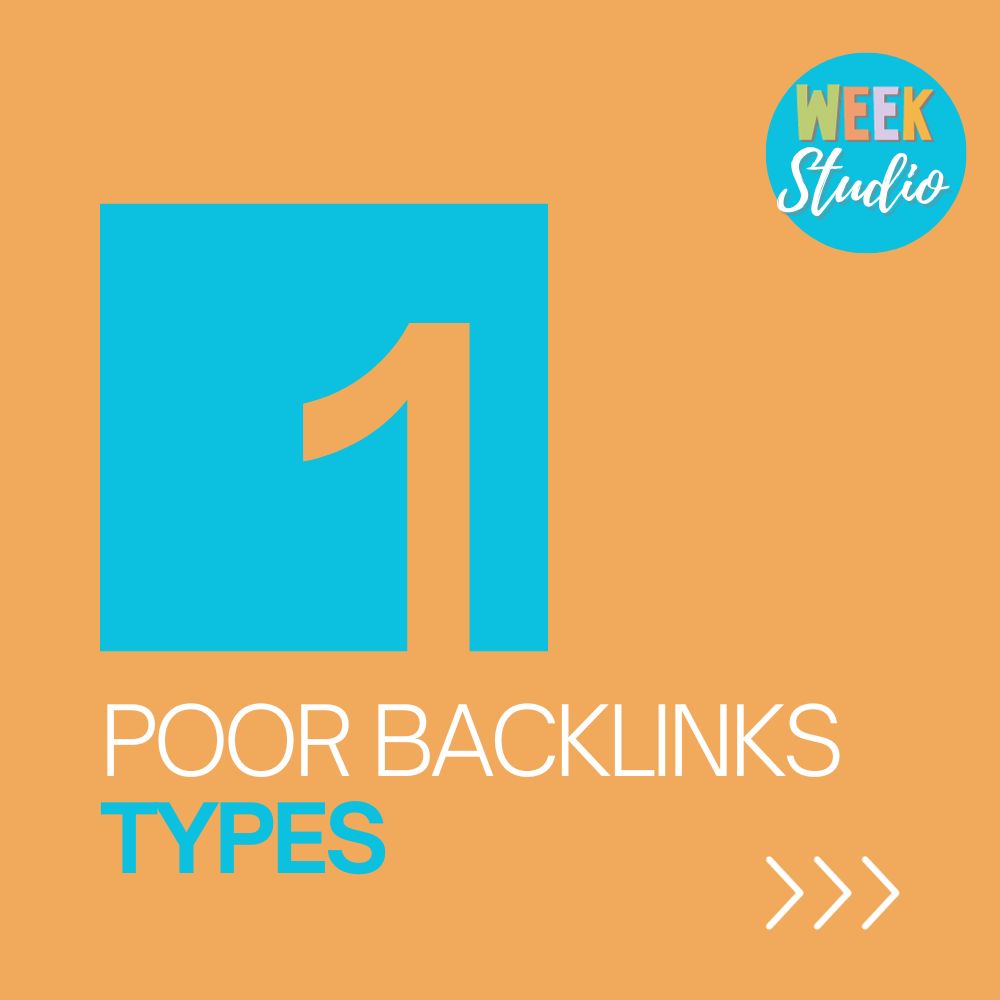
In the labyrinth of SEO, poor backlinks wear various disguises, each posing a unique threat to your website’s integrity. Let’s uncover the different faces of these digital troublemakers.
Low-Quality Directory Links
Directories, once considered SEO gold mines, now often harbor low-quality links. Backlinks from directories with minimal editorial scrutiny and relevance can tarnish your website’s reputation. Google’s algorithms have become adept at discerning the quality of directory links, and those from disreputable directories can trigger penalties.
Paid and Spammy Links
While the allure of quick results prompts some to purchase backlinks, this shortcut often leads straight into the SEO abyss. Paid links and links from spammy sources can trigger Google penalties, negatively impacting your rankings. The focus should always be on organic, earned links to maintain a healthy backlink profile.
Irrelevant Anchor Text
Anchor text, the visible and clickable part of a link, holds substantial SEO weight. However, when the anchor text is irrelevant or stuffed with keywords, it raises red flags for search engines. Crafting anchor text that aligns with the content it links to is vital to avoid falling into the poor backlink trap.
Understanding these types of poor backlinks is the first step in fortifying your website’s SEO defense. In the upcoming sections, we’ll explore the repercussions of these unwelcome links on your search engine rankings. Join me as we unravel the impact of poor backlinks on the SEO battlefield.
Impact on SEO Rankings

The consequences of poor backlinks extend far beyond a mere blemish on your website’s link profile. Let’s delve into the repercussions these unwelcome guests can have on your hard-earned SEO rankings.
Google Penalties for Poor Backlinks
Google, the gatekeeper of the digital realm, takes a stern stance against manipulative practices, including the acquisition of poor backlinks. Engaging in schemes to artificially boost your link profile can lead to severe penalties, including manual actions that result in a drop in rankings.
Negative Impact on Domain Authority
Domain authority, a measure of a website’s credibility, is closely tied to the quality of its backlinks. Poor backlinks can erode your domain authority, making it harder for your content to rank competitively. A lower domain authority not only affects your current rankings but also hampers your ability to establish authority in the future.
Understanding the punitive measures imposed by search engines is crucial for navigating the SEO landscape. In the next section, we’ll equip you with tools and techniques to identify these elusive poor backlinks lurking in the shadows. Join me as we shed light on the art of identifying digital troublemakers.
Identifying Poor Backlinks
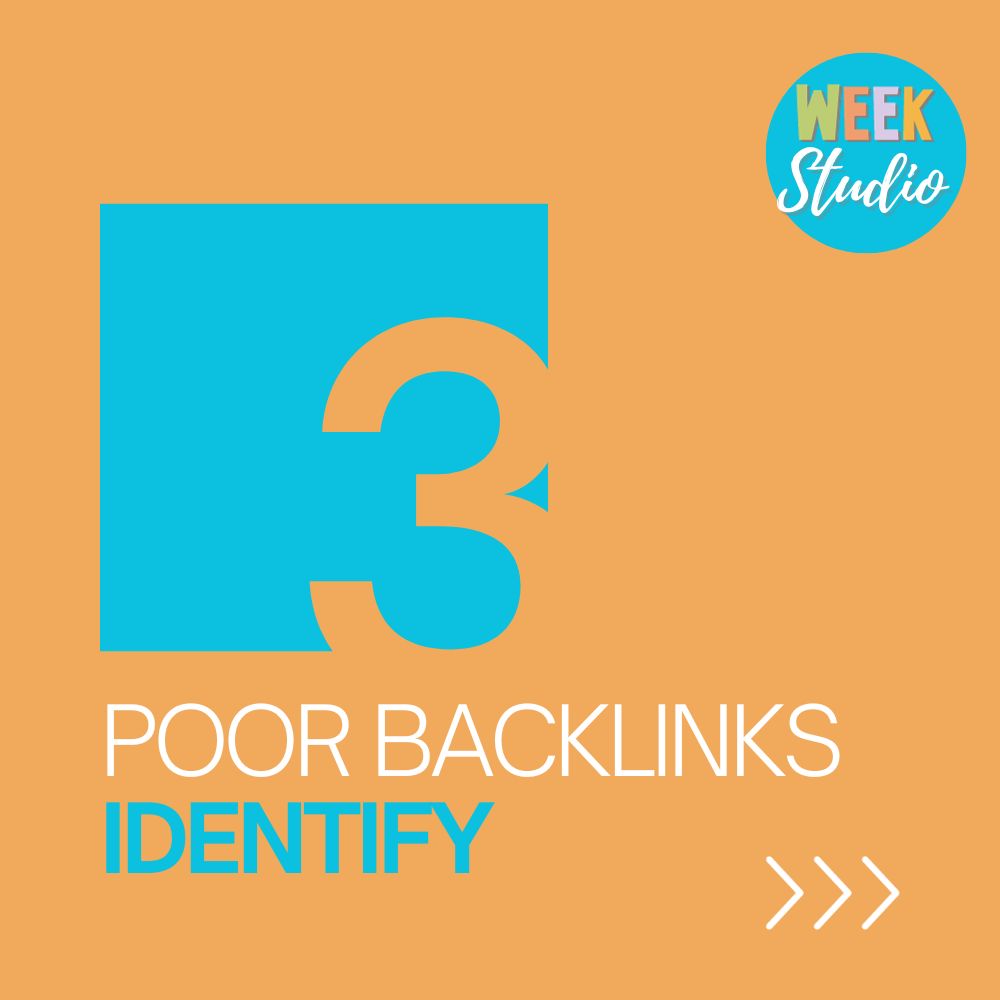
The ability to identify poor backlinks is akin to shining a spotlight on potential threats in the darkness. Let’s explore practical methods and tools to unveil these elusive links and assess their impact on your website.
Using Google Search Console
Google Search Console is a beacon for webmasters navigating the SEO seas. Within this tool, the ‘Links’ report provides valuable insights into your website’s backlink profile. Keep a vigilant eye for any sudden spikes or unusual patterns, as these could indicate the presence of poor backlinks.
Analyzing Link Quality Metrics
Several online tools offer a magnifying glass to scrutinize the quality of your backlinks. Metrics such as Domain Authority (DA) and Page Authority (PA) provide a quantitative measure of the credibility of the linking domain. A sudden influx of links from low DA sites is a red flag that warrants closer inspection.
In the upcoming sections, we’ll unravel the strategies for removing and preventing poor backlinks, ensuring your website remains a fortress against the tides of digital misfortune. Join me as we embark on the journey of safeguarding your SEO stronghold.
Removal and Disavowal Process
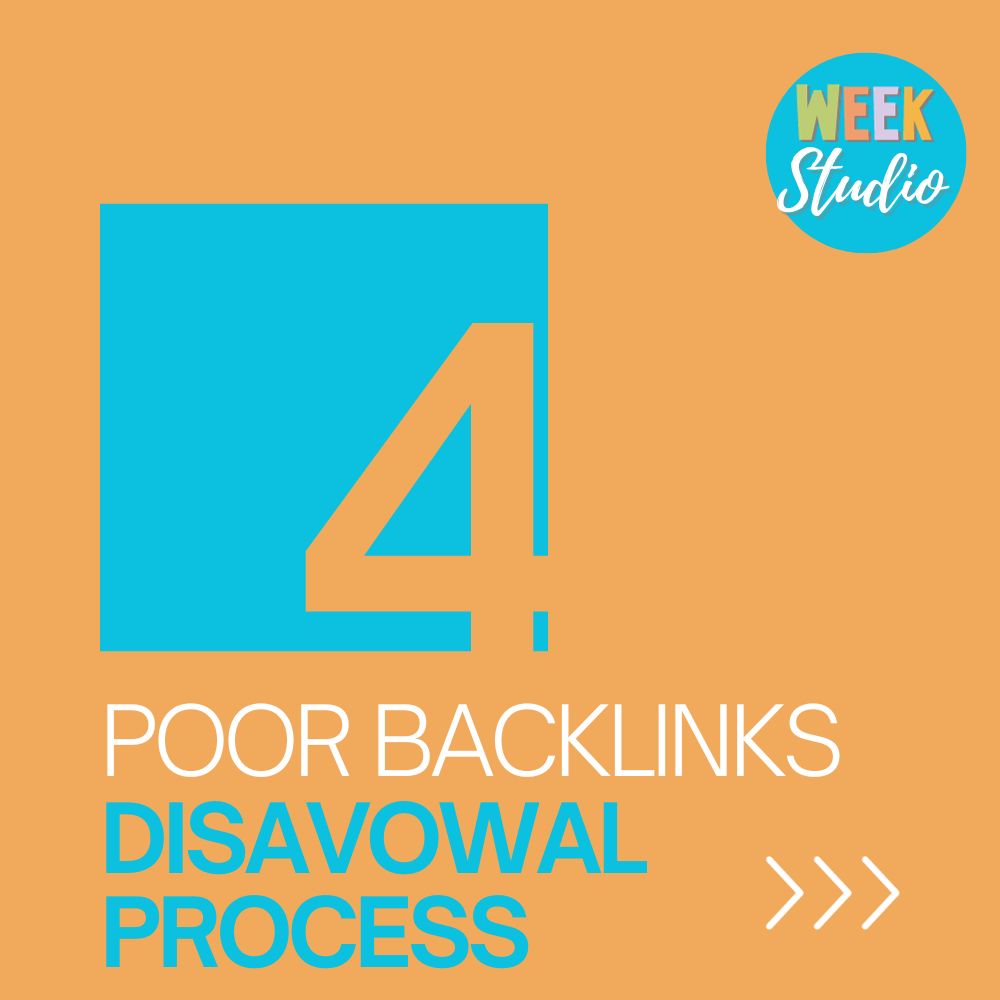
Unveiling poor backlinks is only half the battle; the next step involves strategic removal and disavowal to cleanse your backlink profile. Let’s explore the methods to eliminate these digital miscreants and fortify your website’s SEO foundation.
Manual Removal of Poor Backlinks
The direct approach involves reaching out to webmasters of the sites hosting poor backlinks and requesting their removal. This process requires persistence and diplomacy. Document your outreach efforts, and if unsuccessful, proceed to the disavowal process.
Utilizing the Disavow Tool
Google’s Disavow Tool serves as a shield against the lingering effects of poor backlinks. By submitting a disavow file, you communicate to Google that you disassociate from certain links. Exercise caution and use this tool judiciously, ensuring that manual removal attempts have been exhausted.
As we navigate the waters of poor backlink management, prevention becomes our North Star. In the next sections, we’ll delve into strategies to fortify your website against the infiltration of undesirable links. Join me as we unveil the keys to preventing poor backlinks and maintaining a robust SEO defense.
Preventing Poor Backlinks

Prevention is the linchpin of a proactive SEO strategy. Let’s explore strategies to fortify your website against the infiltration of poor backlinks, ensuring a resilient defense in the dynamic realm of search engine optimization.
Vigilant Link-Building Strategies
A proactive approach to link building involves cultivating relationships with reputable websites in your niche. Focus on quality over quantity, earning links organically through valuable content and genuine engagement. Vigilance in link acquisition reduces the likelihood of poor backlinks infiltrating your profile.
Regular Backlink Audits
Implementing a routine backlink audit is akin to a health checkup for your website. Regularly scrutinize your backlink profile for any signs of poor links. Tools like Ahrefs and SEMrush can aid in this process by providing detailed insights into your link landscape.
In the upcoming sections, we’ll delve into real-world case studies, examining the consequences of neglecting poor backlinks and celebrating the triumphs of those who navigated the SEO minefield successfully. Join me as we uncover stories that underscore the importance of proactive backlink management.
Case Studies
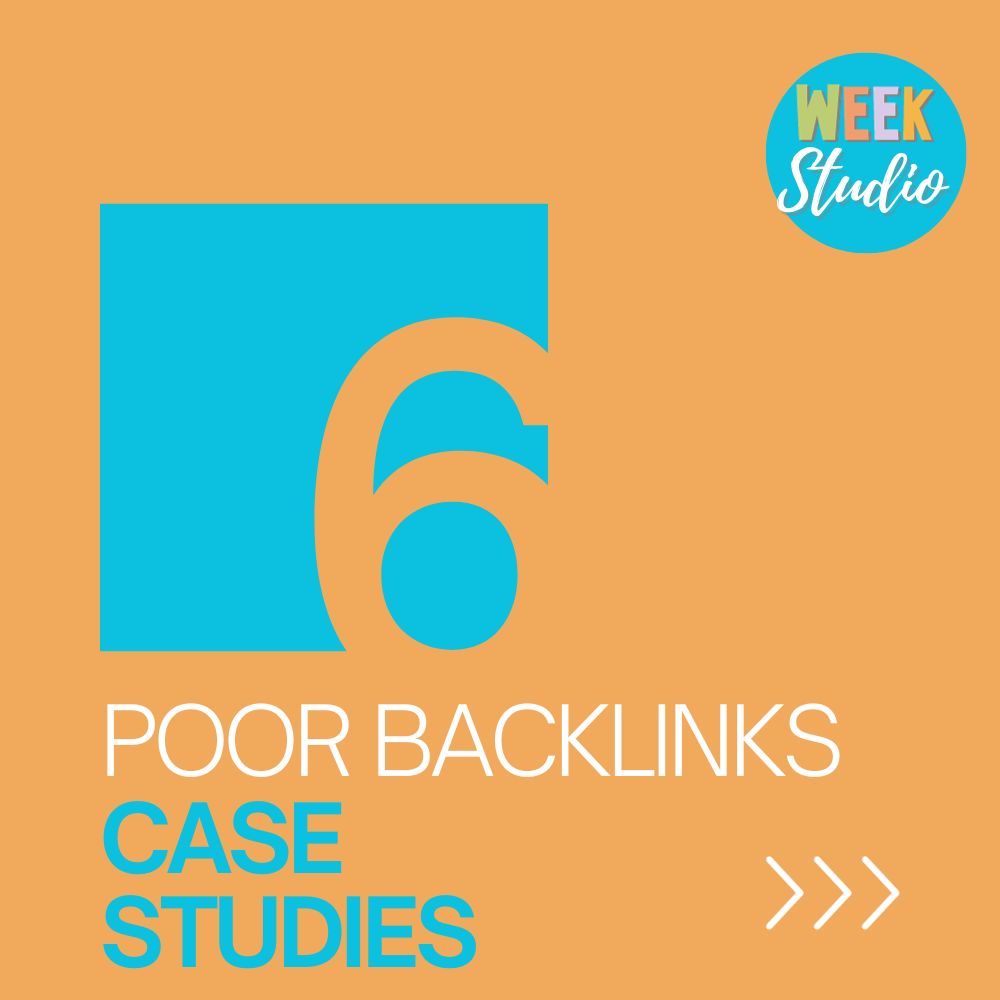
Real-world examples provide vivid illustrations of the impact of poor backlinks on websites. Let’s delve into case studies that highlight both the consequences of neglecting poor backlinks and the success stories of those who navigated the SEO challenges effectively.
Local Business Z: A Decline in Online Visibility
Local Business Z, unaware of the lurking dangers, neglected its backlink profile. Over time, poor quality links accumulated, leading to a decline in online visibility. Google’s algorithms, quick to penalize such practices, pushed the business down in search engine rankings. The lesson: ignoring poor backlinks can have a direct and detrimental impact on online presence.
Content Platform Y: Soaring Mobile Engagement
Content Platform Y, on the other hand, took a proactive approach. Recognizing the importance of a healthy backlink profile, they regularly audited their links, identifying and removing poor backlinks promptly. This diligence not only protected their SEO standing but also contributed to increased visibility and engagement.
In the final stretch of our exploration, we’ll peer into the future of backlink quality, anticipate emerging trends, and unveil positive backlink building strategies. Join me as we navigate the horizon of possibilities that await those who prioritize a robust and proactive approach to SEO.
The Evolving Landscape of Backlink Quality
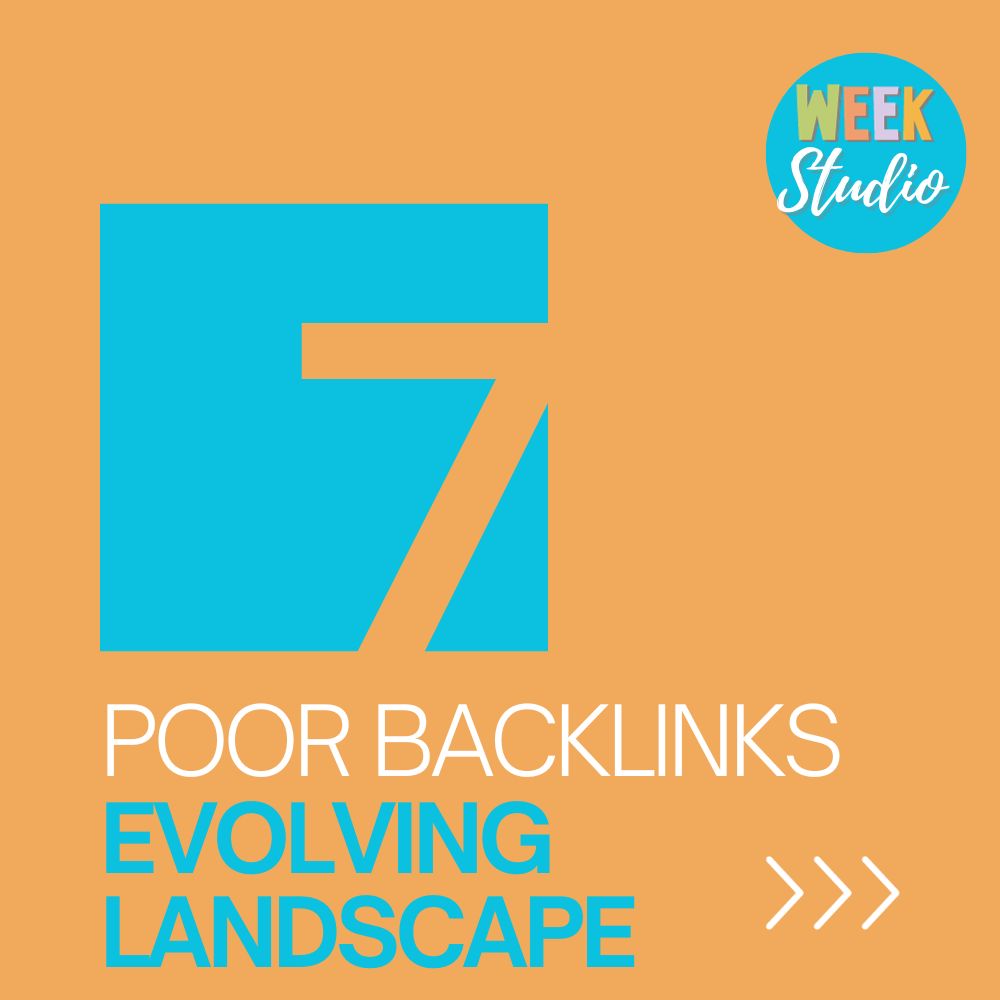
As technology continues to advance, the evaluation of backlink quality undergoes constant evolution. Let’s explore the emerging trends that shape the future of backlink assessment and the strategies to adapt to this dynamic landscape.
Google Algorithm Updates
Google, the arbiter of online visibility, periodically updates its algorithms to refine search results. Stay attuned to these updates, as they often introduce changes in how backlinks are evaluated. Align your strategies with Google’s guidelines to ensure resilience in the face of algorithmic shifts.
Future Trends in Backlink Evaluation
The future of backlink evaluation holds promise and challenges. Machine learning and artificial intelligence will likely play a more prominent role in assessing link quality. As these technologies evolve, websites that focus on organic, high-quality link-building strategies will be better positioned to navigate the changing landscape.
In the final stretch of our journey, we’ll explore the positive side of backlink building, emphasizing strategies that contribute to a strong and credible link profile. Join me as we uncover the keys to fostering a positive online presence through ethical and effective backlink acquisition.
Positive Backlink Building Strategies
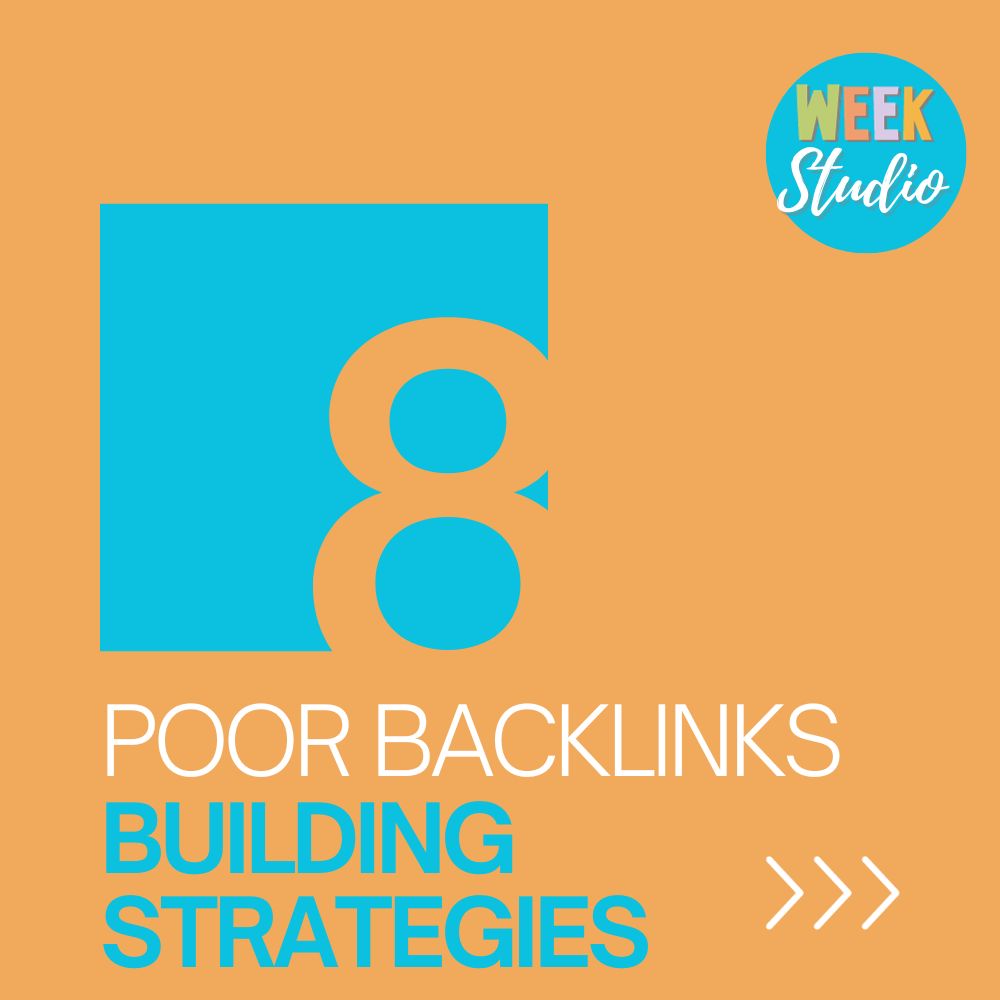
In the vast universe of backlink building, ethical and positive strategies serve as beacons, guiding your website toward a resilient and credible online presence. Let’s explore strategies that contribute to a strong link profile, enhancing your website’s authority in the eyes of both users and search engines.
Natural and Earned Backlinks
The most potent backlinks are those earned naturally through the merit of your content. Create valuable, shareable content that organically attracts links from reputable websites. Genuine endorsements carry weight and contribute to a robust backlink profile.
Guest Posting on Reputable Sites
Strategic guest posting on authoritative sites in your niche allows you to showcase your expertise and earn high-quality backlinks. Prioritize relevance and credibility, ensuring that your contributions add value to the host site and resonate with its audience.
As we conclude our exploration into the intricate world of backlink management, let’s recap the importance of a vigilant and proactive approach. In the final section, we’ll reflect on the journey, summarize key takeaways, and open the floor to any lingering questions through a set of unique FAQs. Join me in the concluding segment as we wrap up our expedition through the SEO landscape.
Conclusion
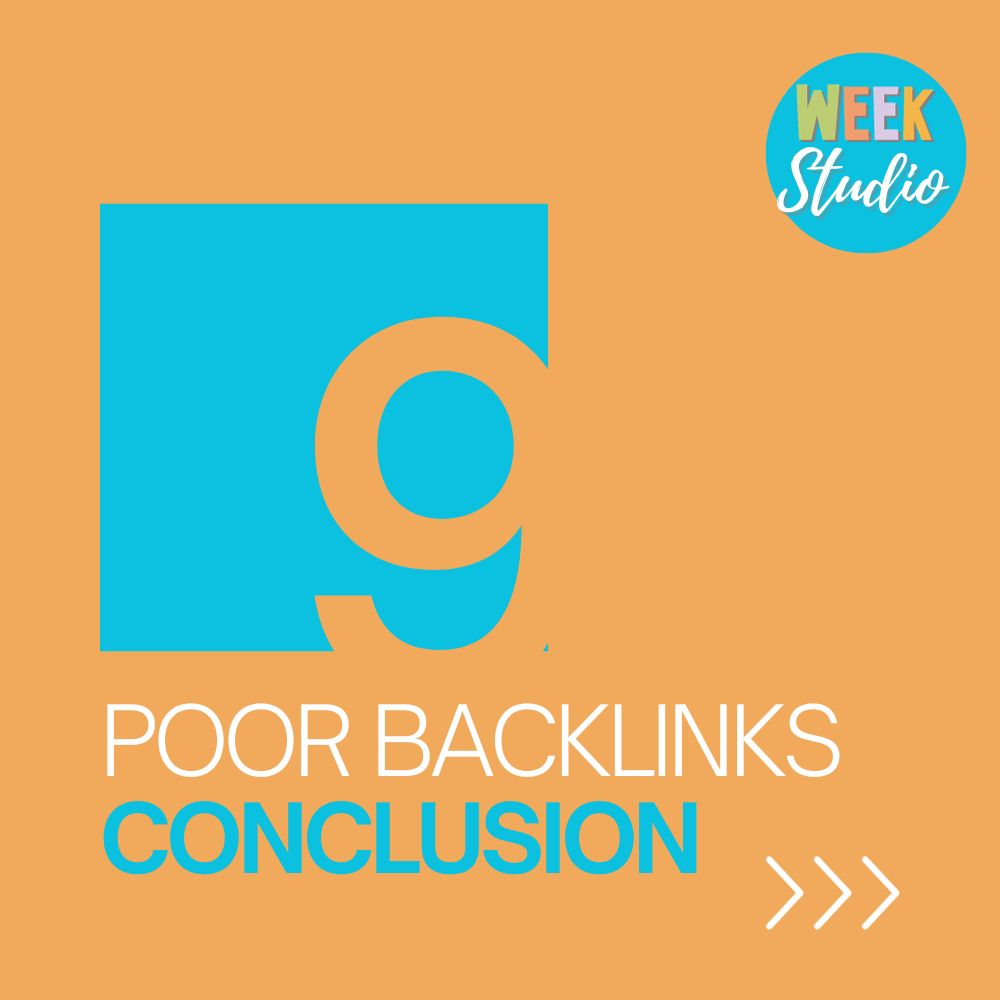
In the intricate dance of SEO, where every link shapes the destiny of your website, managing backlinks becomes a strategic imperative. From the shadows of poor backlinks to the beacons of positive link-building strategies, our journey has uncovered the nuances of maintaining a healthy and resilient link profile.
Key Takeaways:
- Vigilance is Paramount: Regularly audit your backlink profile to identify and eliminate poor-quality links.
- Proactive Prevention: Prioritize ethical link-building strategies to prevent the infiltration of poor backlinks.
- Adapt to Change: Stay informed about Google algorithm updates and evolving trends in backlink evaluation.
As you navigate the ever-evolving landscape of SEO, remember that the strength of your backlink profile is a testament to the credibility and authority of your website. Proactively shaping this profile ensures that your online presence stands resilient in the face of algorithmic shifts and industry trends.
Feel free to reach out with any questions or concerns, and let’s wrap up our journey with a set of FAQs that might illuminate any lingering uncertainties.
Frequently Asked Questions (FAQs)
- Q: How do poor backlinks affect my website’s SEO? A: Poor backlinks can lead to Google penalties, resulting in a drop in search engine rankings. They also negatively impact domain authority, making it challenging to establish credibility in your niche.
- Q: How can I identify poor backlinks on my website? A: Use tools like Google Search Console and third-party SEO tools to analyze your backlink profile. Look for unusual patterns, spikes, and low-quality metrics such as Domain Authority (DA) or Page Authority (PA).
- Q: What is the Disavow Tool, and when should I use it? A: The Disavow Tool is a Google tool that allows you to disassociate from specific backlinks. Use it when manual removal attempts of poor backlinks have been unsuccessful, and you want to signal to Google that you do not endorse these links.
- Q: How often should I conduct a backlink audit? A: Conduct a backlink audit regularly, at least every few months, to identify and address any new poor backlinks that may have appeared. This proactive approach helps maintain a healthy link profile.
- Q: What are positive backlink building strategies? A: Focus on earning natural and earned backlinks through high-quality, shareable content. Engage in strategic guest posting on reputable sites in your niche, ensuring that your contributions provide genuine value.
Feel free to delve deeper into any of these questions, or if there’s anything else you’d like to explore further!
